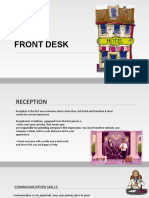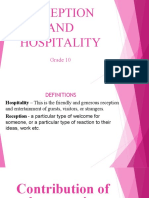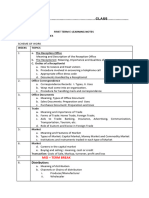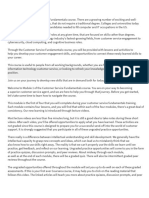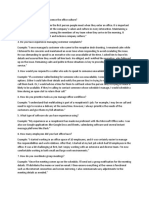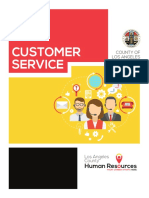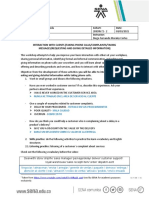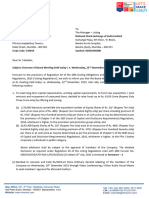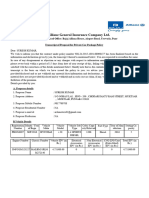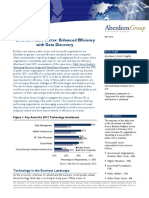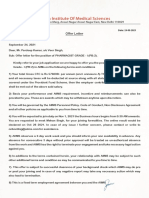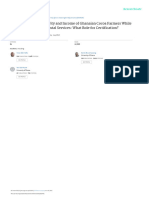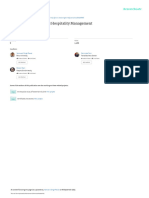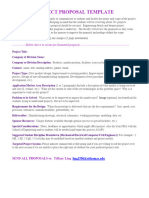0% found this document useful (0 votes)
44 views9 pagesReceptionist Project
The document outlines an assignment for a communication module focusing on the evolving role of receptionists, emphasizing their importance in communication, customer service, and technology integration. It provides guidelines for research, structure, and evaluation criteria for a 1500-word essay, while also discussing effective communication strategies and customer service techniques. Additionally, it highlights the challenges faced by receptionists in Zimbabwe, particularly regarding internet access and digital literacy, and suggests recommendations for improvement.
Uploaded by
Melody MasiwaCopyright
© © All Rights Reserved
We take content rights seriously. If you suspect this is your content, claim it here.
Available Formats
Download as DOC, PDF, TXT or read online on Scribd
0% found this document useful (0 votes)
44 views9 pagesReceptionist Project
The document outlines an assignment for a communication module focusing on the evolving role of receptionists, emphasizing their importance in communication, customer service, and technology integration. It provides guidelines for research, structure, and evaluation criteria for a 1500-word essay, while also discussing effective communication strategies and customer service techniques. Additionally, it highlights the challenges faced by receptionists in Zimbabwe, particularly regarding internet access and digital literacy, and suggests recommendations for improvement.
Uploaded by
Melody MasiwaCopyright
© © All Rights Reserved
We take content rights seriously. If you suspect this is your content, claim it here.
Available Formats
Download as DOC, PDF, TXT or read online on Scribd
/ 9




